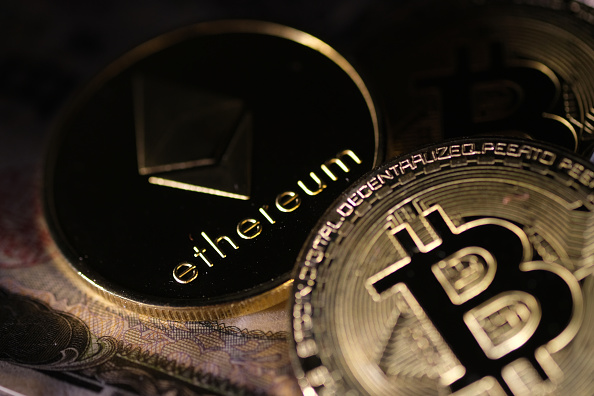The last few days, under the pressure of expectations of a less aggressive Fed on rates, has favored a new rise in cryptocurrencies. In recent days the price of Ether (ETH)the original token of the ethereum blockchain, reached $ 2,000, a level it hadn’t seen since last May, which is about 100% up from the lows below $ 1,000 in June.
To give further polish to the ethereum, which has outperformed the other major cryptocurrencies in the last month (the dominance of the market cap of Ether has exceeded 20% while the bitcoin has fallen below 40%) is the expectation for the approach of the much talked about Merge.
The final dress rehearsal before the update awaited for years that it was announced as one of the most important events in the history of cryptocurrency. The update may materialize a mid September.
Since its creation nearly a decade ago, Ethereum has been mined through a so-called proof-of-work. This model involves complex mathematical equations that can only be solved by a large number of machines that require an abundance of energy. Bitcoin follows a similar process.
An associate researcher of Galaxy Digital pointed out that the attendance rate after the test merger went down and it looked like there might have been a problem with one of the customers, but overall it worked. “A successful Merge = chain finalizes,” she wrote Christine Kim in a tweet, adding that we’re likely to see similar types of issues with the update on the main network, “but the point is, the merger worked.”
One of Ethereum’s test networks, or testnet, called Goerlisimulated a process identical to what the main network will perform in September.
Testnets allow developers to try new things and make necessary changes before updates are rolled out to the main blockchain. Wednesday night’s exercise showed that the proof-of-stake validation process substantially reduces the energy required to verify a block of transactions and also demonstrated that the merge process works..
The Ethereum Foundation blog echoed that assessment, stating that Goerli is “The closest to the main network, which can be useful for testing smart contract interactions.”
Beiko Teamthe developer coordinator of the Ethereum protocol, told CNBC that they generally know “in a few minutes” if a test was successful. But they will continue to look for many potential configuration issues in the hours and days to come so they can be fixed quickly. “We want to see the network finalize and have a high participation rate among validators and also make sure we don’t encounter any unexpected bugs or problems,” Beiko said.
The simplest metric to monitor is the participation rate, that is, how many validators are online and perform their functionsBeiko said. If the numbers go down, developers will have to figure out why.
Another key issue concerns transactions. Ethereum processes transactions in groups known as blocks. Beiko said a clear indicator that the test went well will be if the blocks contain actual transactions and are not empty.
The last important check is whether the network is finalizing, which means that more than two-thirds of the validators are online and accept the same view of the chain history. Beiko claims it takes 15 minutes under normal network conditions. “If these three things look good, then there is a long list of secondary things to check, but at that point things are going well,” Beiko said.
More accessible network
Since December 2020, the ethereum community has been testing the proof of stake workflow on a chain called a beacon, which runs alongside the existing proof-of-work chain. Beacon solved some key problems.
Beiko said the original proposal required validators to have 1,500 Ether, a share that is now worth about $ 2.7 million, in order to use the system. The new proof-of-stake proposition lowers the bar, requiring interested users to have only 32 ether, or around $ 57,600.
There were other key developments leading up to Wednesday’s test. In June, Ethereum’s longest running testnet, known as Ropstone, has successfully combined its proof-of-work execution level with the proof-of-stake beacon chain. It was the first major dry cycle in the process that the main network will undergo next month, should all go according to plan.
Beiko said that testing the merge allowed the developers to ensure that the software running the Ethereum protocol was stable and “That everything built on the network was ready for the transition”.
